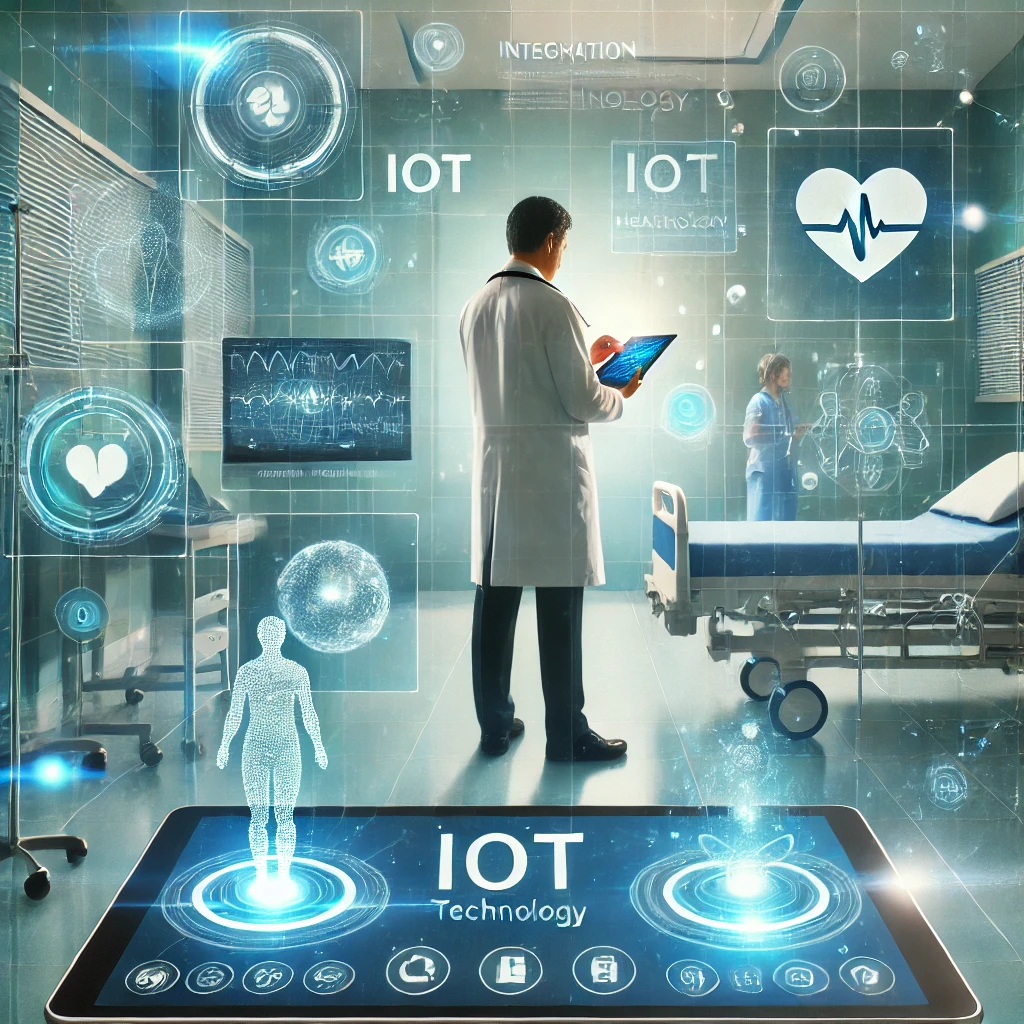Blog on RFID Technology and IoT Solutions
Blog Home
Leveraging IoT Solutions to Drive Innovation in Healthcare Systems
21 December 2024The integration of the Internet of Things (IoT) into healthcare has revolutionized how medical services are delivered, making systems more efficient, patient-centric, and data-driven. With IoT Solutions in Healthcare systems can move from reactive to proactive care, improving outcomes while reducing costs. Here’s a detailed look at how IoT solutions are driving innovation in healthcare.
1. Transforming Patient Monitoring
IoT-enabled devices like wearables and connected sensors have transformed patient monitoring. Devices such as smartwatches, ECG monitors, and glucose trackers allow real-time tracking of vital signs, enabling early detection of health issues. Data from these devices is transmitted to healthcare providers, ensuring timely intervention.
Example: Remote patient monitoring systems have proven especially valuable for managing chronic diseases like diabetes and hypertension, where continuous tracking is critical.
2. Enhanced Operational Efficiency
IoT devices streamline hospital operations by automating routine tasks and optimizing resource management. Smart beds can monitor patient movements, while IoT tags can track medical equipment, reducing time spent locating devices and improving asset utilization.
Example: IoT-enabled inventory management systems ensure the availability of critical supplies and medications.
3. Remote Healthcare Delivery
Telemedicine, powered by IoT, has made healthcare accessible to remote and underserved areas. Connected devices allow doctors to diagnose and treat patients from afar, leveraging video consultations and data from IoT devices for informed decision-making.
Example: IoT solutions in telemedicine surged during the COVID-19 pandemic, enabling safe and effective healthcare delivery without in-person visits.
4. Personalized Medicine
IoT facilitates the collection of vast amounts of patient data, which can be analyzed to deliver personalized treatments. By leveraging machine learning and IoT, healthcare providers can tailor interventions to individual patients, considering their unique health profiles.
Example: Wearable health devices like Fitbit or Apple Watch provide data for creating personalized fitness and wellness plans.
5. Improved Medication Adherence
IoT-enabled smart pillboxes and reminders help ensure patients take their medications as prescribed. These devices send alerts to patients and notifications to caregivers or doctors if doses are missed.
Example: Adherence monitoring systems have reduced hospital readmissions and improved outcomes for patients with complex medication regimens.
6. Revolutionizing Emergency Services
IoT solutions play a critical role in emergency care by connecting ambulances to hospitals, allowing real-time transmission of patient data during transit. This ensures medical teams are prepared even before the patient arrives.
Example: Ambulances equipped with IoT devices can transmit EKG readings to cardiologists, enabling immediate intervention for heart attack patients.
Challenges and Considerations
While IoT is transforming healthcare, challenges like data privacy, cybersecurity, and the high cost of implementation need to be addressed. Robust policies and innovative solutions will be critical to overcoming these barriers.
The Road Ahead
IoT’s potential in healthcare is immense, from smart homes equipped with health-monitoring systems to AI-driven diagnostics. As IoT technology evolves, healthcare systems worldwide will become more efficient, accessible, and patient-centric.
By leveraging IoT solutions in healthcare systems are not only addressing current challenges but also paving the way for a future where personalized, efficient, and accessible healthcare is a reality for all.
- Intellistride.com
- Blog
- Leveraging IoT Solutions to Drive Innovation in Healthcare Systems